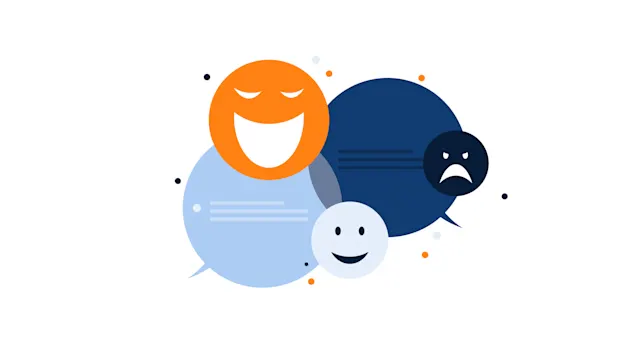
Exploring the Three Types of Cryptocurrencies: Bitcoin, Stablecoins, & Altcoins
Understanding the differences between Bitcoin, stablecoins, and altcoins is essential for navigating the cryptocurrency landscape.
Cryptocurrencies have transformed the financial landscape, offering various options tailored to different needs. The three main types are Bitcoin, stablecoins, and altcoins, each with distinct features and strengths.
Bitcoin: The Original Cryptocurrency
Bitcoin (BTC) is the pioneering cryptocurrency, often referred to as the "digital gold" of the crypto world. It was created in 2009 by an anonymous figure or group known as Satoshi Nakamoto. Bitcoin's key feature is its decentralization—there is no central authority controlling it. The system is governed by a set of rules encoded in its software, ensuring that no single entity can alter its fundamental properties.
One of Bitcoin’s most significant strengths is its scarcity. There will only ever be 21 million bitcoins, with 19.4 million already mined. This fixed supply makes Bitcoin a deflationary asset, especially when compared to fiat currencies, which can be printed in unlimited quantities by central banks. Bitcoin’s resistance to censorship and governmental interference further solidifies its position as a secure and reliable store of value.
Bitcoin's decentralized nature and scarcity have attracted both individual and institutional investors, who view it as a hedge against inflation and economic instability. Despite attempts by various governments to suppress Bitcoin, it has proven to be resilient and continues to grow in acceptance and value.
Stablecoins: The Stable Alternative
Stablecoins offer a different approach within the cryptocurrency ecosystem. As their name suggests, stablecoins are designed to maintain a stable value by being pegged to a fiat currency, such as the US dollar. Popular examples include Tether (USDT) and USD Coin (USDC), both of which are pegged 1:1 to the US dollar.
The key strength of stablecoins lies in their ability to combine the benefits of cryptocurrencies—such as fast, borderless transactions—with the stability of traditional fiat currencies. This makes them ideal for everyday transactions, remittances, and as a temporary store of value for traders looking to avoid the volatility associated with other cryptocurrencies.
Stablecoins have become the most common use case for cryptocurrencies, accounting for over 90% of all on-chain transactions. Their efficiency in facilitating cross-border payments, especially compared to traditional banking systems, has led to widespread adoption, particularly among businesses and individuals in regions with unstable local currencies.
For example, sending USDT via the Tron network allows for near-instant transactions with minimal fees, making it a preferred choice for international transfers. Similarly, USDC on the Stellar network offers additional incentives, such as receiving bonuses when using the platform for transactions.
Altcoins & Meme Coin: The Diverse Crypto Ecosystem
Altcoins, or alternative cryptocurrencies, include digital assets beyond Bitcoin and stablecoins, such as Ethereum (ETH), Ripple (XRP), and Solana (SOL). These coins often support unique projects or platforms solving specific problems. For instance, Ethereum enables smart contracts and decentralized applications (dApps), while Ripple facilitates fast, low-cost cross-border payments for financial institutions.
Meme coins, a subset of altcoins, are often driven by community hype rather than utility. Notable examples include Dogecoin (DOGE), Shiba Inu (SHIB), and the recently launched Trump meme coin ($TRUMP).
Both altcoins and meme coins are high-risk investments because insiders frequently control a significant portion of the supply and can modify protocol rules at any time. While they offer high-reward potential, these risks make thorough research and informed decision-making essential for investors.
Conclusion
Understanding the differences between Bitcoin, stablecoins, and altcoins is essential for navigating the cryptocurrency landscape. Bitcoin offers a decentralized, scarce asset ideal for long-term investment and value storage. Stablecoins provide stability and efficiency for transactions, making them a practical choice for everyday use. Altcoins, with their diverse use cases and innovative projects, offer exciting opportunities but require careful consideration. As the crypto world continues to evolve, these three categories will play crucial roles in shaping the future of finance.



